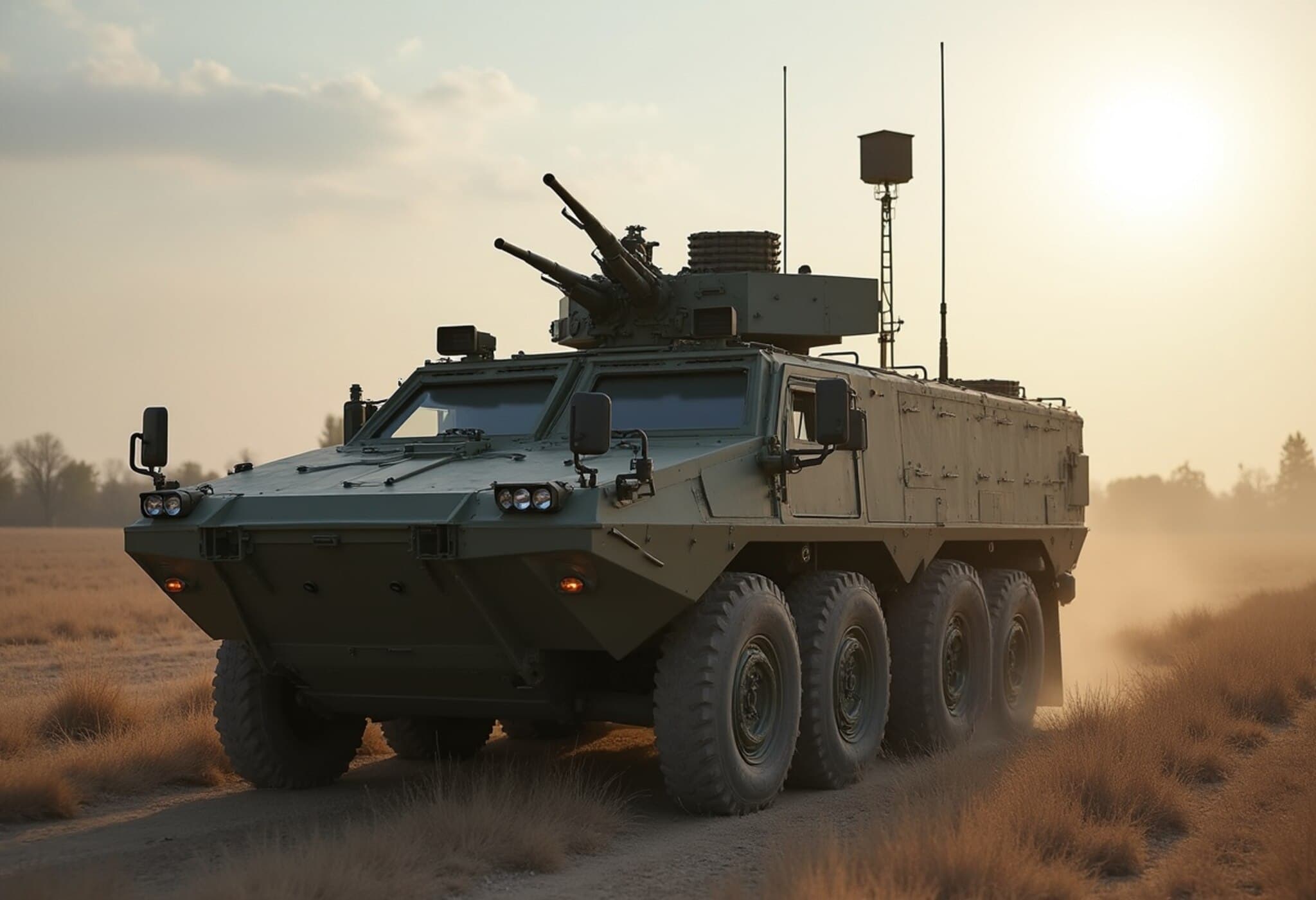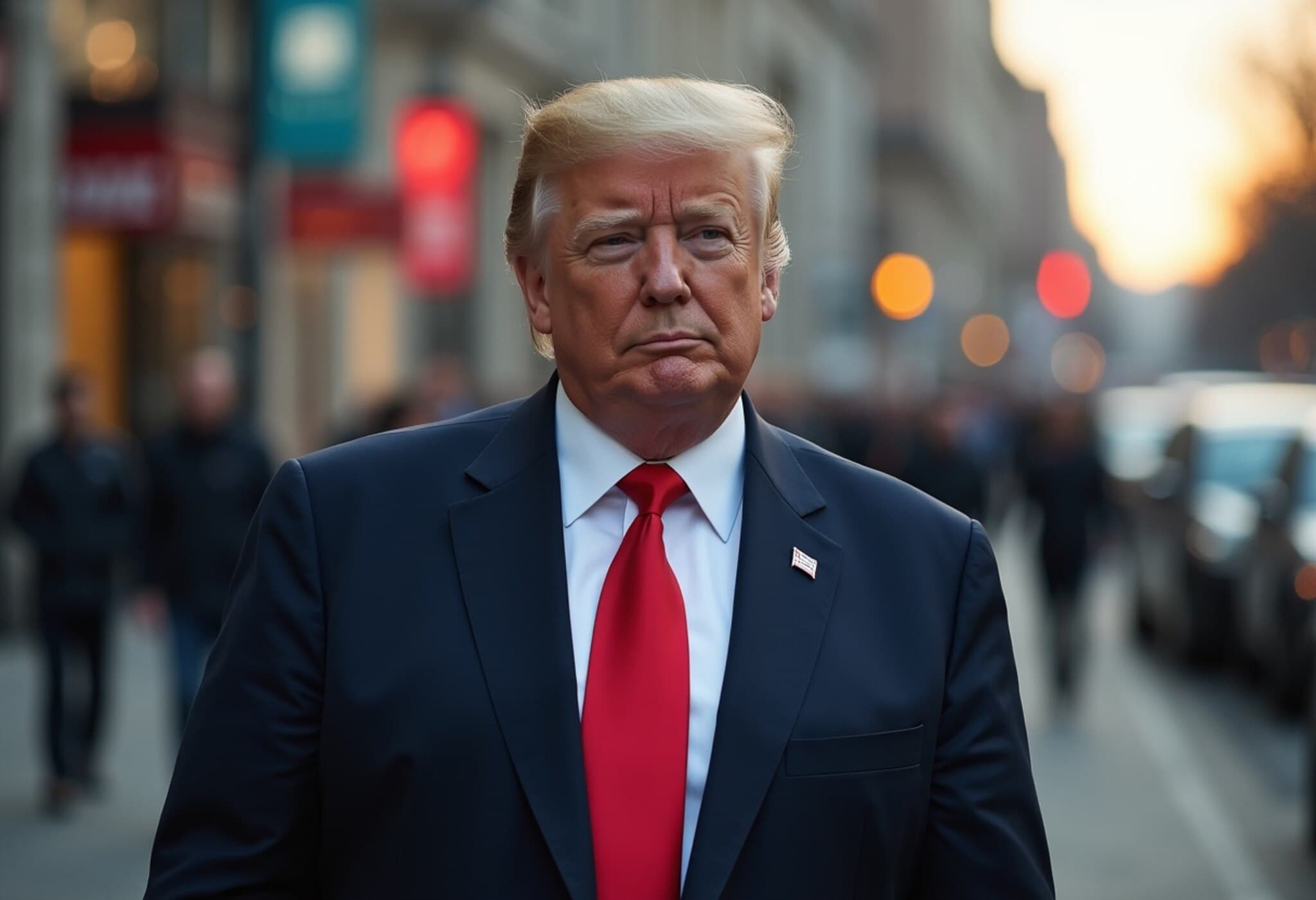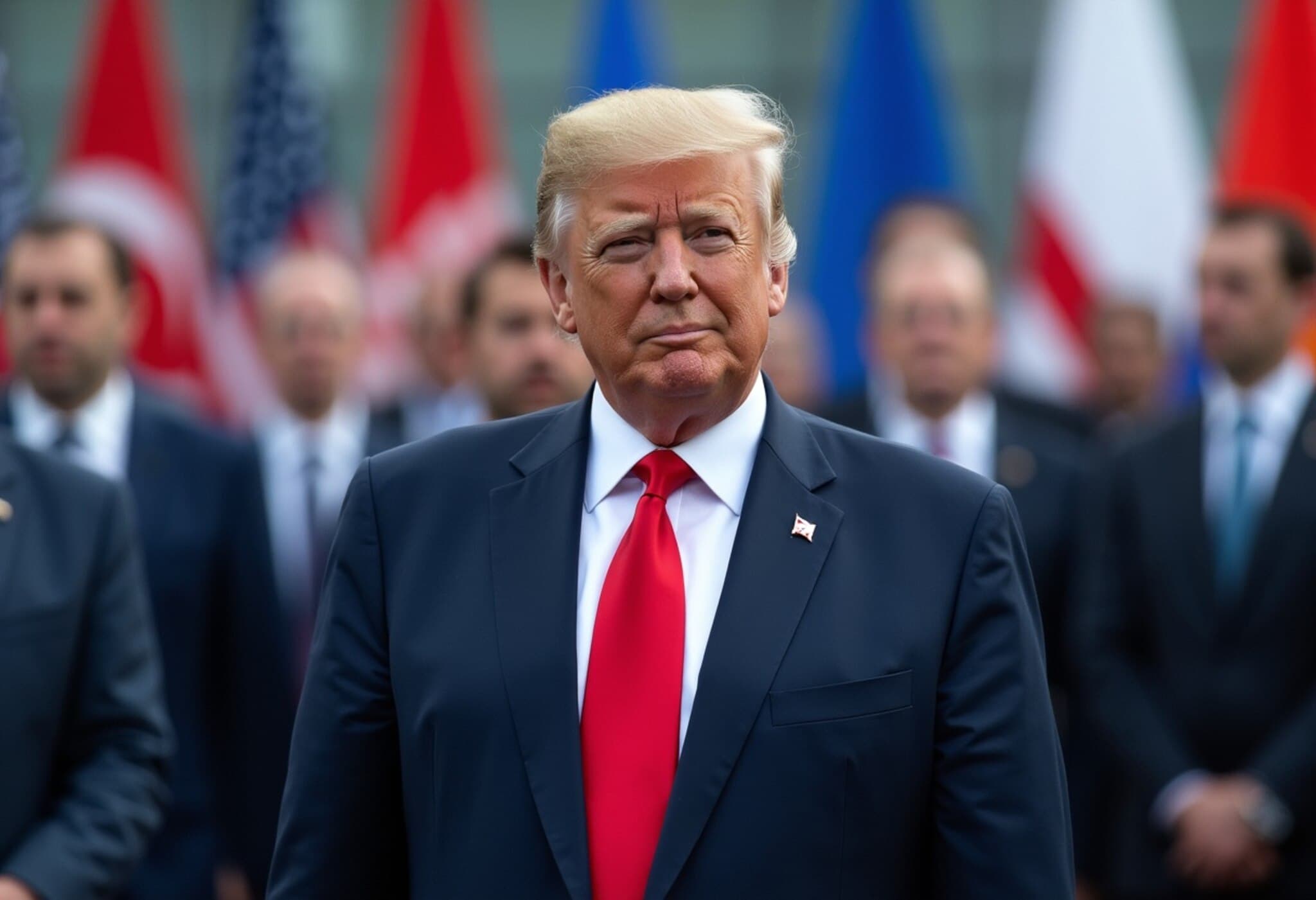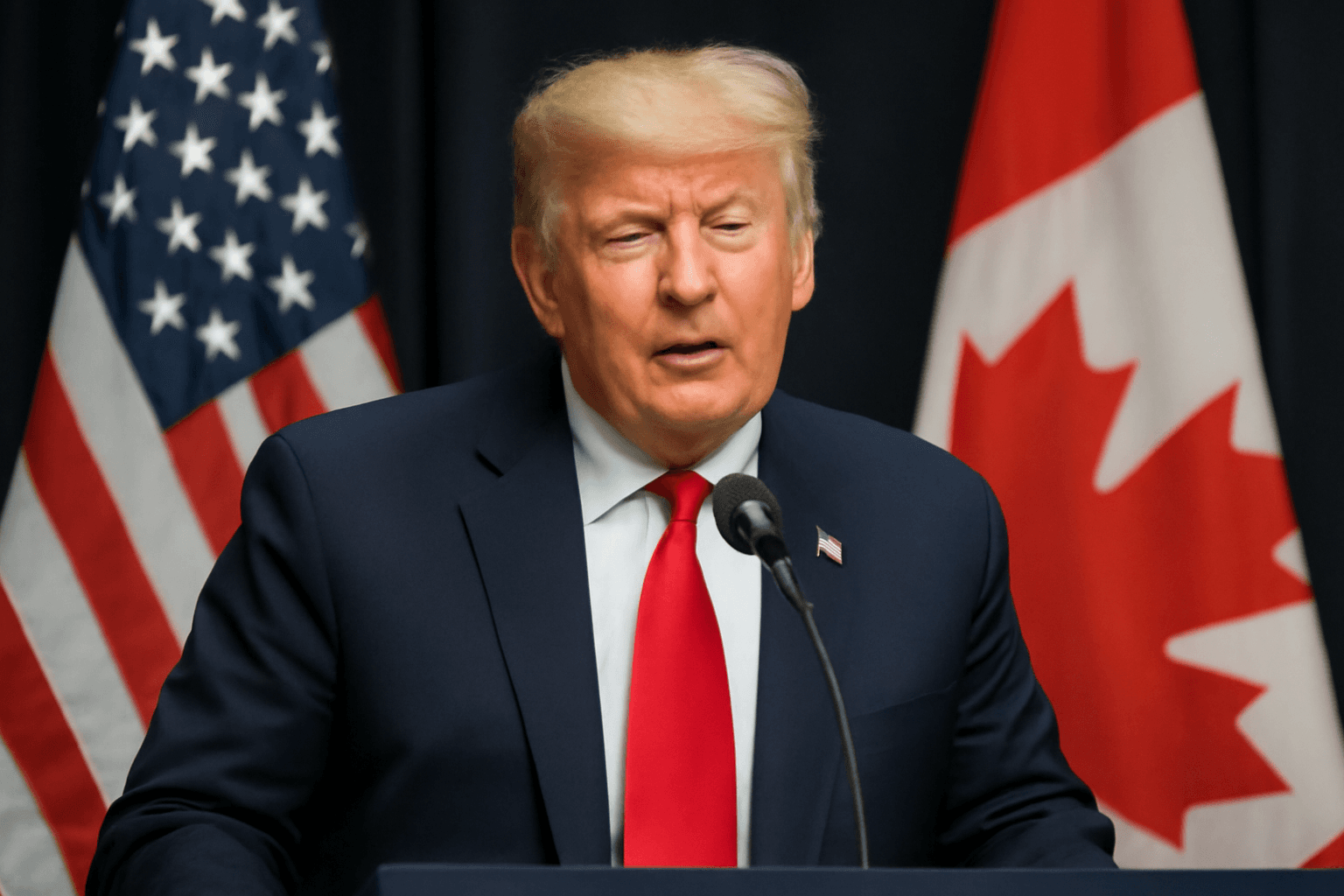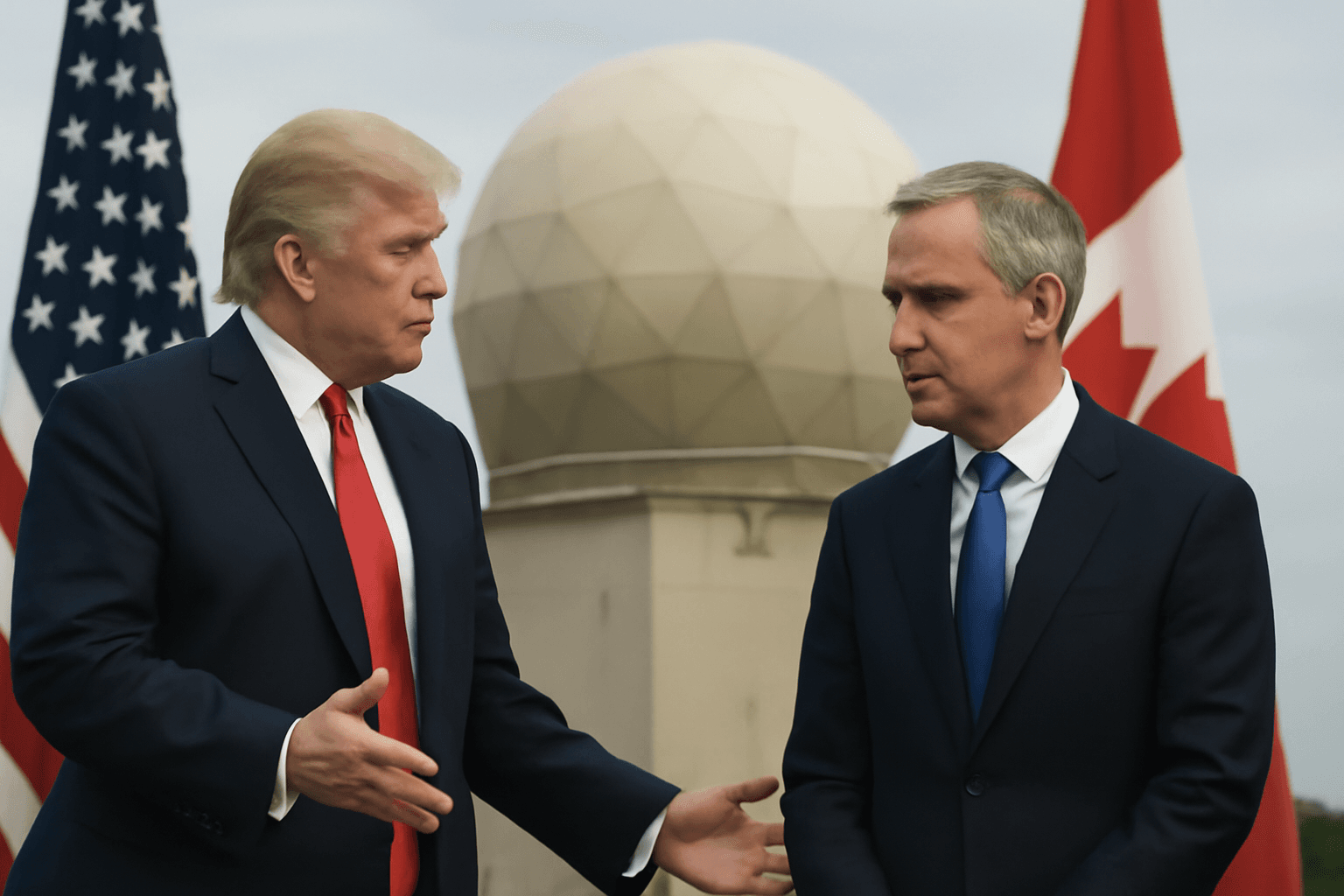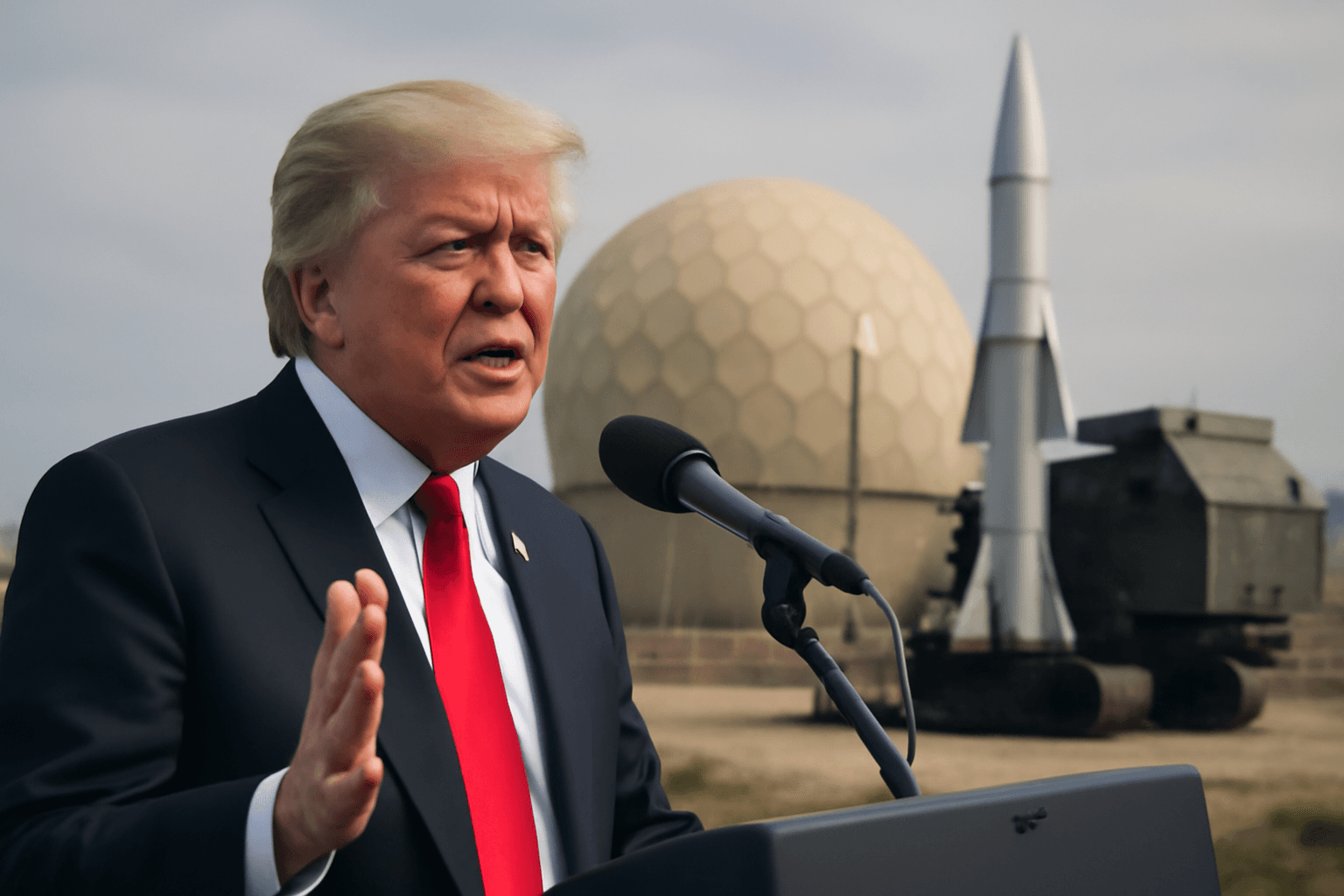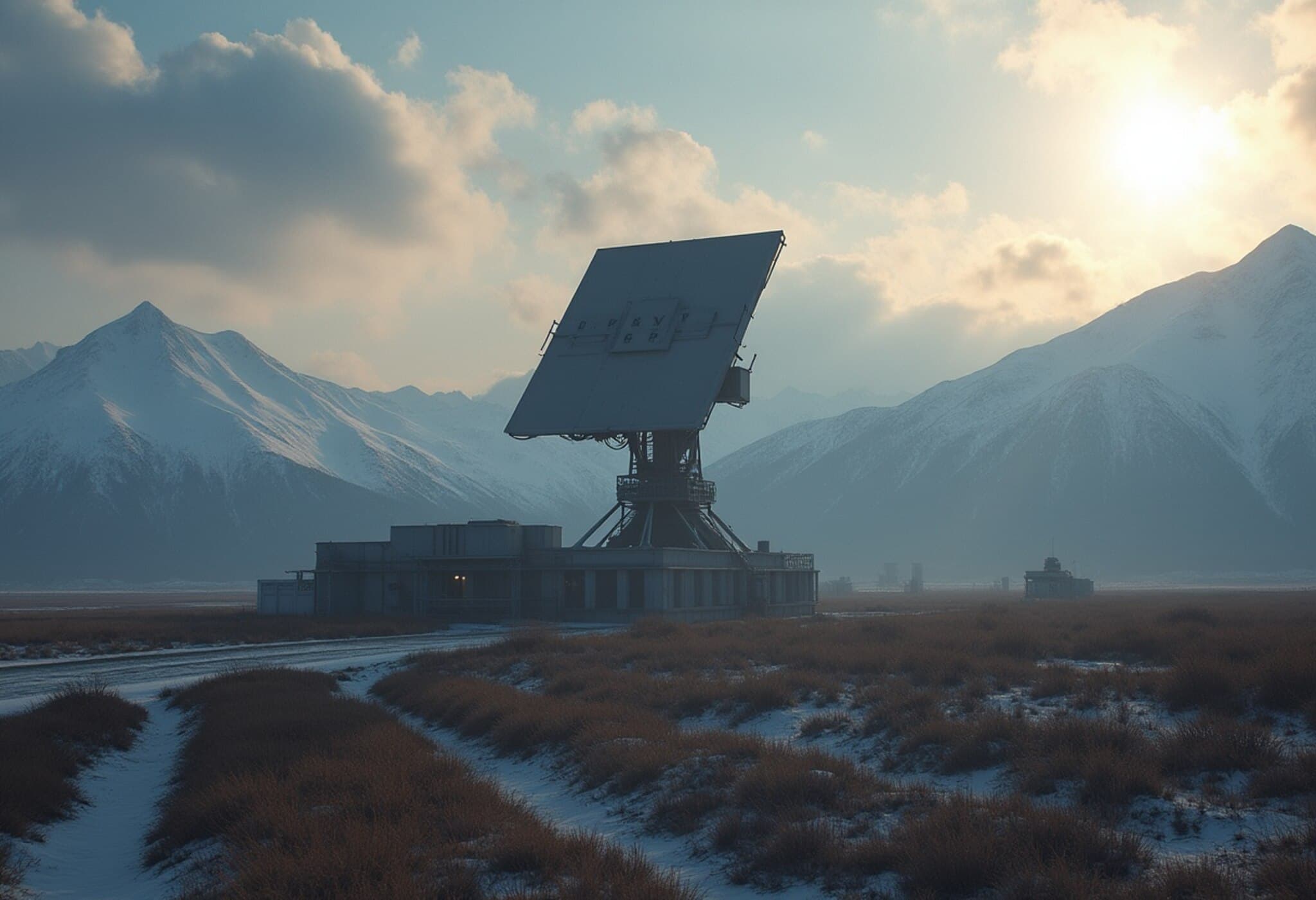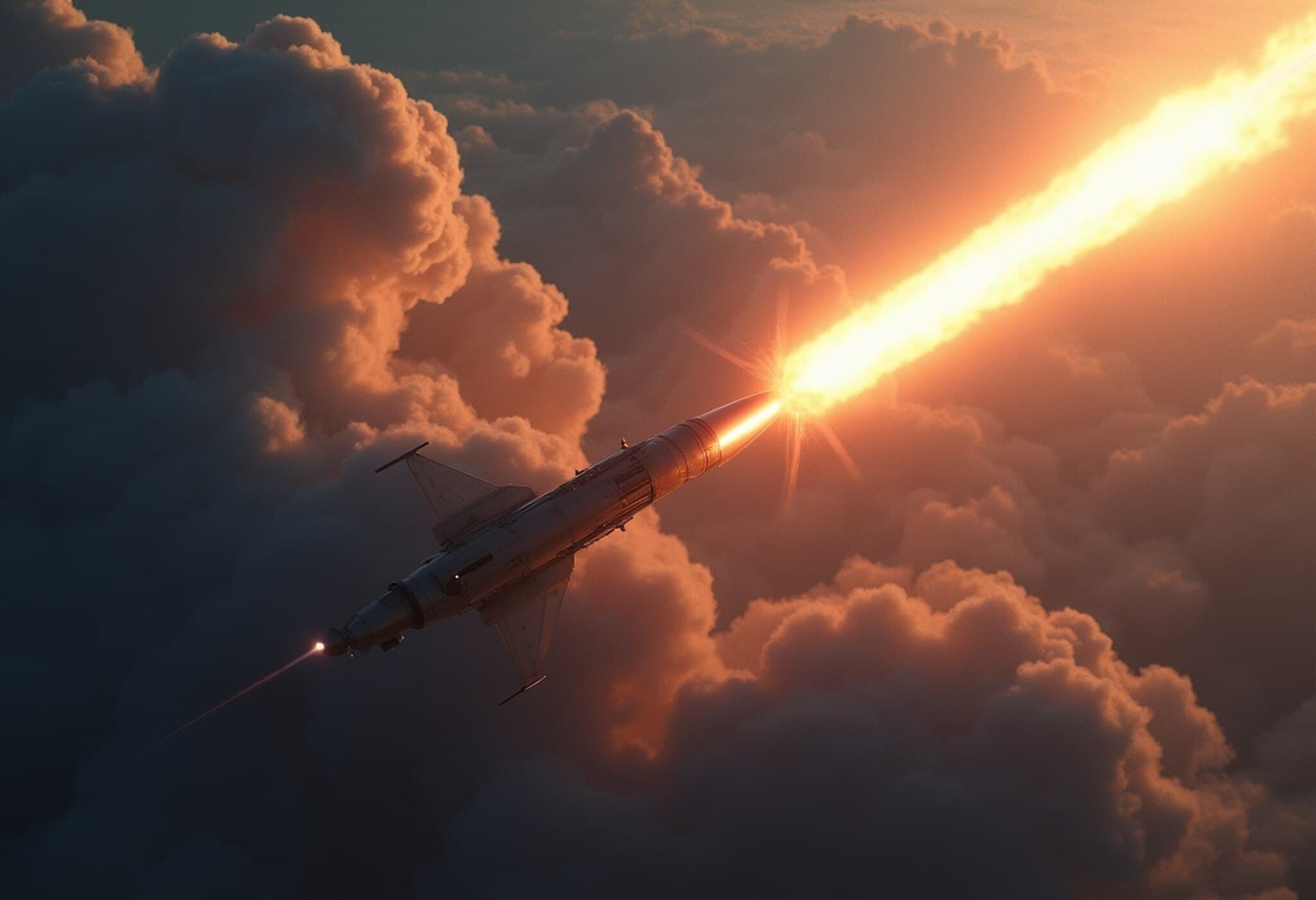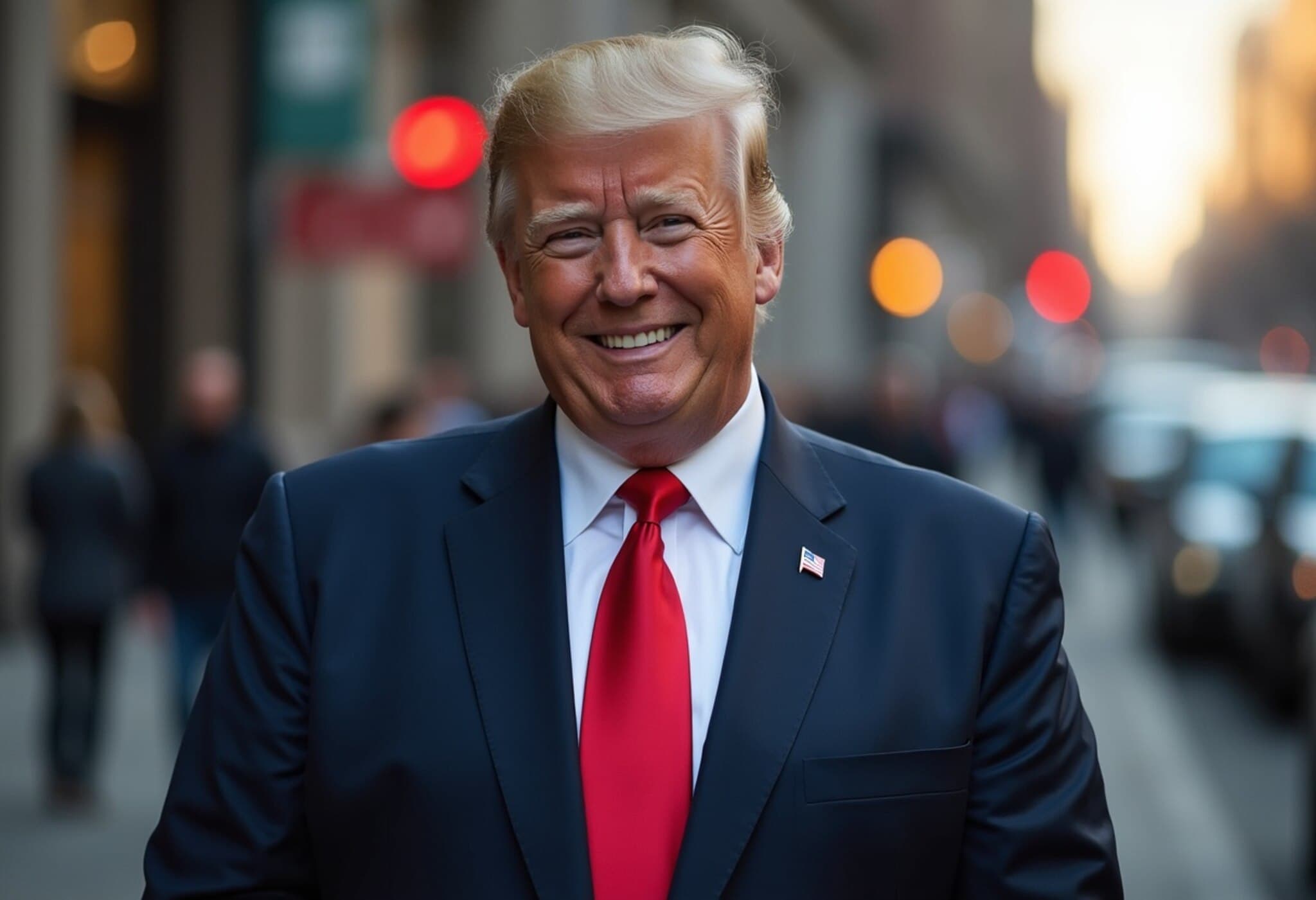Trump’s Bold ‘Golden Dome’ Space-Based Missile Shield Nears Critical Test
As the 2028 U.S. presidential election draws closer, the Pentagon is gearing up to conduct the first major test of the ambitious Golden Dome missile defense system — a space-based shield envisioned to protect the entire continental United States from incoming missile threats, regardless of launch location. This initiative, deeply tied to former President Donald Trump’s commitment to revolutionize missile defense, now stands at a pivotal crossroads between technological promise, political impetus, and budgetary realities.
Strategic Timing: A Test ‘Win’ in an Election Year
According to sources cited by CNN, the Department of Defense has scheduled the initial large-scale test for the fourth quarter of 2028, mere weeks before the November elections. The timing appears deliberate. As one defense official revealed, “They want a win to point to in November”, emphasizing the administration’s desire to showcase tangible progress on a high-profile national security project.
This aligns with President Trump’s earlier statement promising the system to be operational within three years — a bold deadline considering the complexity. The test, officially designated as Flight Test Integrated (FTI-X), aims to integrate Golden Dome’s multiple sensors and interceptor weapons to engage simultaneous missile threats, marking a decisive milestone in assessing the system’s viability.
The Vision and the Hurdles: Technical and Economic Complexity
The Golden Dome concept isn’t new terrain; the U.S. has long explored space-based missile interception, but operationalizing it at scale remains daunting. Space Force Gen. Michael Guetlein, appointed by Trump to oversee the project’s development, has explicitly acknowledged the technical challenges, particularly the massive constellation of satellites required for 24/7 continental coverage and the unprecedented coordination between space and terrestrial defense assets.
Economically, the project’s initial budget of $25 billion, announced in May 2025, looks like just the “first step,” with forecasts suggesting costs could eventually balloon into the hundreds of billions. The complexity is compounded by the fast-tracked timeline and reduced traditional oversight, raising concerns about operational risks and accountability.
A New Era of Defense Procurement and Oversight
The Golden Dome is also breaking mold in governance. Gen. Guetlein reports directly to Deputy Secretary Stephen Feinberg and wields broad authority in contract awards and technology procurement, bypassing usual Pentagon oversight channels. Notably, the Office of the Director of Operational Test and Evaluation was sidelined from its oversight role, a move that some experts warn could undermine transparency and rigorous testing standards.
This streamlined but controversial approach has piqued interest — and competition — from major tech and aerospace players, including SpaceX, Anduril, Palantir, Northrop Grumman, and Lockheed Martin. Northrop Grumman is already trialing space-based interceptors, while Lockheed Martin recently demonstrated a long-range radar system in Alaska capable of identifying threats from adversaries such as Russia and China, technologies likely integral to Golden Dome’s sensor network.
Implications Beyond the Test: What’s at Stake?
The Golden Dome project is more than a missile defense system; it encapsulates broader questions about America’s strategic posture in space, technological innovation under political pressure, and the future of military-industrial collaboration.
- Policy Perspective: The accelerated timeline suggests political objectives may influence defense priorities, spotlighting the tension between election-driven deadlines and long-term national security imperatives.
- Technological Risks: Relying heavily on unproven space-based interceptors raises questions about system resiliency, vulnerabilities to cyber or anti-satellite attacks, and the integration challenges with existing ground-based defenses.
- Economic Considerations: As budgets potentially swell, public scrutiny over spending efficiency and opportunity costs in other defense and social domains will intensify.
- International Dynamics: Deployment of a space-based missile shield might affect strategic stability, provoking responses from global powers and potentially fueling an arms race in space.
Looking Ahead: The Industry Awaits Guetlein’s Blueprint
With a 60-day deadline already set for the initial system architecture plan, followed by 120 days for implementation strategies, all eyes are on Space Force leadership to unveil a cohesive vision. The industry summit where Gen. Guetlein recently addressed technical feasibility offered critical insight into current capabilities and hurdles; however, the coming months will reveal how theory translates into actionable results.
Expert Insights
Defense analysts note that while the Golden Dome promises a fundamental shift in missile defense, history counsels caution. Past programs with technical ambition often face delays, cost overruns, and strategic recalibrations. The melding of space assets with ground-based systems represents a challenging frontier demanding sustained investment and rigorous testing — aspects not always compatible with political timelines.
Editor’s Note
The Golden Dome missile defense initiative underscores a growing intersection between defense innovation and domestic politics. This nascent space-based shield could redefine U.S. security paradigms but also raises pivotal questions about how election cycles influence military priorities, the future of space militarization, and the stewardship of taxpayer funds. As the 2028 test date looms, stakeholders—from policymakers to the public—must watch carefully how ambition, technology, and strategy converge in this high-stakes endeavor.






